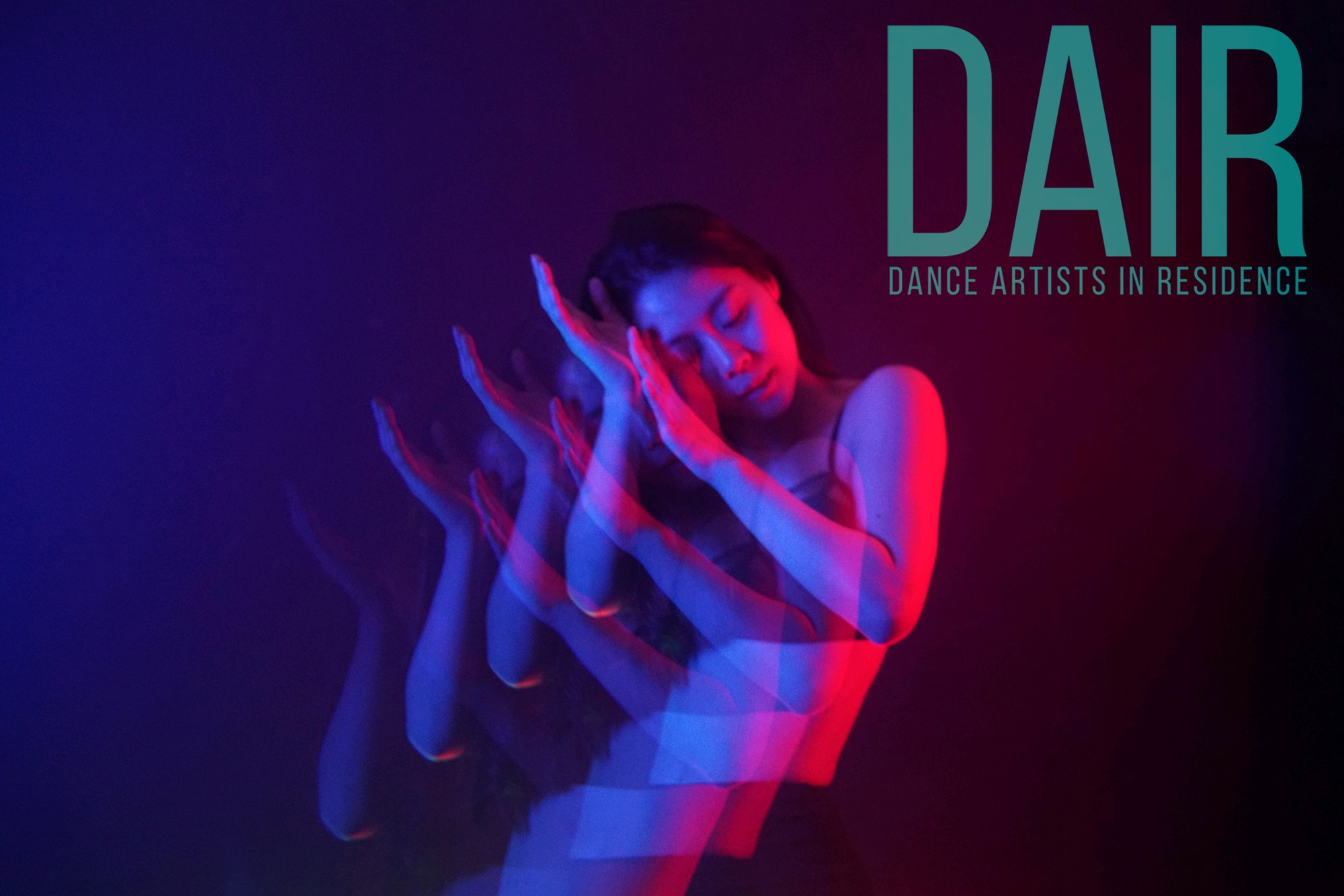Shining a Light on Indian Classical Dance
[/et_pb_fullwidth_header][/et_pb_section][et_pb_section fb_built=”1″ _builder_version=”3.0.47″][et_pb_row custom_padding=”53px|0px|0px|0px|false|false” _builder_version=”3.0.48″ background_size=”initial” background_position=”top_left” background_repeat=”repeat”][et_pb_column type=”4_4″ _builder_version=”3.0.47″ parallax=”off” parallax_method=”on”][et_pb_image src=”https://www.ausdancewa.org.au/wp-content/uploads/Prateeksha-Kashi-e1521626074921.jpg” _builder_version=”3.18.2″ max_width=”80%” max_width_last_edited=”on|desktop” module_alignment=”center” custom_padding=”||20px” custom_padding_last_edited=”on|phone”] [/et_pb_image][et_pb_text _builder_version=”3.18.2″ background_size=”initial” background_position=”top_left” background_repeat=”repeat”]Shastram – The Journeys of Indian Classical Dancers explores the history, people, society and evolution of an ancient and diverse art form.
Ghirija Jayarraj wants to bridge the gap between Indian Classical Dance and the world. She is the Creative Director of Shastram, an initiative designed to bring Indian classical dance to new audiences and shed a new light on the art form. Shastram promotes up and coming artists in the Indian classical dance world and encourages collaborations between artists from Western dance styles, as well as other artistic mediums. Coming up at the Rixon Theatre next month, the company presents an exciting, one-of-a-kind international production – Shastram – The Journeys of Indian Classical Dancers.
Part of a series, the one-night-only show on 7 April 2018 features the first two chapters. Each chapter features two short films and combines film and theatre with various styles of Indian classical dance, along with contemporary and hip-hop. Through a fictional story set in 2032, this unique production reflects back on the journey behind Indian classical dance, its people, its society and the evolution of the art form, from the 16th century till 2032.
We spoke to Ghirija to find out more.
Where did the idea for Shastram the production come from?
Funnily enough, I was 12 when the idea of combining film and theatre came to me. It was an Indian independence day celebration in 1992 in Perth at Burswood and they were showing a trailer about India and its history and I was completely dressed in Indian classical dance costume and standing behind the stage because I was up next. Surprisingly I was the only person behind the cyclorama and I was left alone there to travel through India in my Indian classical dance costume! I think that moment stuck to me for a very very long time.
Then I had the opportunity to actually travel through India and discover old temples, meet lots of people and hear lots of stories. I also met many dancers and in 2005 I did my first show fusing Film and theatre for which I interviewed some amazing Indian classical dancers. Their plight was that no one cared for this art form any longer and there were only a small group of people who were into it and the younger generation was very distracted by the changes happening around them. They feared that this ancient art form, which consisted of so much knowledge, may be lost in its true form.
My journey began then and during my travels to London and Melbourne and more of India I met many more dancers and one by one they shared their knowledge with me and slowly the story of Indian classical dance started to reveal itself. I was fascinated by the story because it was also helping me discover my roots and who I was. Anyway, being a filmmaker and a dancer I put two and two together to create this series of productions to convey the story that had unraveled itself to me.
What did you want to achieve/communicate through this work?
First of all, I want people to be entertained and engaged, that’s very important to me. Secondly, I would love for people to understand this art form and its world and its people. Having grown up in Australia and practicing this dance style, it has been challenging, as it was never something I could share with my friends outside of my community because I always feared that they may not get it.
However, there is so much knowledge within it that everybody should have access to and I believe it has a lot of beautiful things that all people and artists can benefit from if they were exposed to it. I wanted to create something that everybody could watch and enjoy no matter what their cultural background is and, at the same time, I want to enlighten them with new ideas and old knowledge.
What do you hope the audience will take away from this work?
As I’d mentioned, I want them to be entertained and I want them to take away knowledge within this art form and especially understand through this production, how similar human emotions are no matter what cultural backgrounds people are from. We may all practice different dance styles or speak different languages or look different but when it comes down to the core you’d be amazed how similar we really are… and how much we have inter-influenced each other throughout history.
Please provide a brief introduction to each character.
Druv is a male Kuchipudi Dancer from 2032 USA, where he has made it to great heights. Sam is Druv’s friend, she is no longer in this realm… but she lives through Druv. Aabharana is a Mahari (a temple dancer) who lived in 16th century Orissa. Meenakshi is a Mohiniaatam dance teacher in the 1940s in Kerala Kalamandalam (an esteemed dance institution in India). Kala is an Australian Indian Bharathanatyam dancer who moves to India in the 1990s. Satya is a modern-day Kuchipudi dancer with a dream, set in 2016.
Which particular dance styles are featured?
There is Odissi from Orissa being performed by Shwetha Krishna. Mohiniattam from Kerala being performed by Shruthi kezhakepuram purushotham. Kuchipudi from Andra Pradesh performed by Prateeksha Kashi. Kuchipudi contemporary and hip-hop by Avijit Das and Bharathanatyam from Tamil Nadu performed by myself.
We also have Jordan Muthukumaraswamy performing contemporary and hip hop; she is accompanied by Nadia Prioli also performing the same styles and David Rahman performing Hip Hop. Additionally, we have to join us Perth local artists from Narthanalaya School of Indian Classical Dance, Sarawathi Mahavidyalaya and some freelance artists namely Sarvesh Arumugam and Apiramy Namasivayam.
Is there a particular style that is closest to your heart? Tell us why.
If I had to choose (and I have had to choose…) it’s Bharathanatyam.. simply because I feel like its part of my DNA. My mother was a dancer who wasn’t allowed to dance back in the day in Sri Lanka and she taught me how to love this dance style. Now it’s not something I can ever separate from. As dramatic as it may sound (lol) I feel like its something that got passed on to me through the womb. I started to officially learn it when I was 4 and I don’t think I’ll ever stop learning it, practicing it… living with it. It holds my story and the answers I’m looking for in this life… so it’s my path.
Shastram – The journeys of Indian Classical dancers (Chapters 1 and 2) is a one-night-only event, 7 April 2018 at the Rixon Theatre. Bookings available now via megatix.com.au.
[/et_pb_text][et_pb_button button_text=”Return to Ausdance WA Newsfeed” button_alignment=”left” _builder_version=”3.18.2″ custom_button=”on” button_font=”||||||||” button_icon=”%%23%%” button_icon_placement=”left”] [/et_pb_button][/et_pb_column][/et_pb_row][/et_pb_section]



